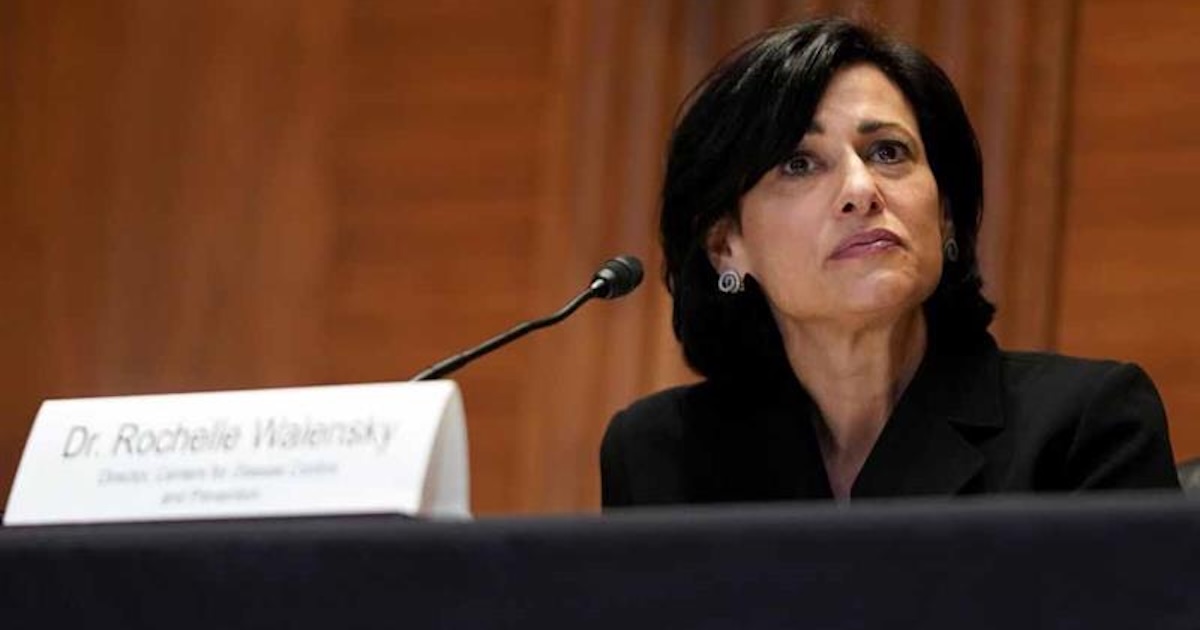While mHealth technology may be saving lives in places like Africa and the Caribbean, in Europe, Asia and Australia the results aren't so dramatic. Healthcare is already an established industry there, and the adoption of mHealth tools and services is following a more gradual path. The emphasis there is on improving lives and healthcare management, rather than preventing a stillborn death or heading off a malaria epidemic.
Still, Chuck Parker, executive director for the Continua Health Alliance, a 200-member international consortium dedicated to ensuring the development of mobile interoperability standards around the world, spots positive gains. “We’re starting to see an awareness of what mobile health technologies can bring to the marketplace," he said.
In his view, the spread of the smartphone is the driving factor. With Google and iOS platforms now available on a widespread basis, no longer are health app developers faced with the burden of creating custom delivery mechanisms that run the risk of quickly becoming outdated.
While baseline platforms may be becoming ubiquitous, Parker said certain countries are well ahead when it comes to putting mobile health technology to use. Denmark is one example, Singapore another. Parker pointed out, however, that these countries have an advantage over others in that they’ve enjoyed the nearly universal use of electronic health records for several years – unlike the United States, which is well behind the EHR curve despite the current push to transition away from paper.
The advent of mHealth in developed nations will figure prominently in this week's HIMSS Media mHealth Summit, which features – among other things – a global mHealth track and a keynote by Astrid Krag, Denmark's Minister of Health.
[Insider's guide: What to do on Sunday at the mHealth Summit.]
In an interview with mHealth News, Krag said Denmark is embarking on a new "Strategy for Digital Welfare," the goal being to "modernize and optimize" public services, including healthcare, senior services and schools. This includes a $7 billion investment over the next 15 years in the nation's 16 main hospitals, with 20 percent of that budget devoted to IT.
Among Krag's goals for the advancement of mHealth are patient engagement, improved chronic care services and more health and wellness services.
"I believe that if we make patients more aware of their own health (through) the use of mhealth and telemedicine, it can encourage patients to adopts a healthier lifestyle," she said. "Furthermore, better use of telehealth is expected to help prevent a patient's condition from deteriorating, and thereby reduce the number of admissions to hospitals."
Denmark’s and Singapore’s healthcare sectors are benefitting from government-led initiatives, but the picture changes when you look around the private sector.
Take Europe, for example. “The healthcare sector in Europe isn’t a single market. All of the union’s 27 member states have their own reasonably unique healthcare regulations and financing models. And we all speak different languages," Frank Boermeester, co-founder of Brussels, Belgium-based HealthStartup, a European conference on digital health, wrote earlier this year. "This makes it really tough for health startups to scale efficiently. … Building a strong consumer brand in Europe is tough, requiring a lot more customization in product, communication and distribution.”
When asked more recently, however, Boermeester partially updated his earlier assessment, saying, “many of the regulatory impediments (i.e., legislation on the handling of medical data) are gradually being worked away, in Belgium for example, but the care processes and associated business models haven't yet adapted.”
A couple continents away, the private sector seems to have a much firmer grasp on the cutting edge of mobile health. According to Clint McClellan, senior director of strategic marketing for Qualcomm Life and president and chairman of the Continua Health Alliance, “there are pockets of the world where things are aligning perfectly.”
In his view, Japan, where commercial mobile operators are now promoting and managing wellness programs, is one of those pockets.
[See also: Diabetes apps assuming mHealth bellwether role.]
Regardless of the geography, McClellan is keen on mobile health playing a critical role in the delivery of healthcare services. “The only way we’re going to get a 360-degree view of patients,” he said, “is by being able to integrate mobile devices. And we won’t get there without interoperable systems.”
Meanwhile, a bit farther south in the Pacific, an Australian healthcare organization is building what could become a model for how mHealth technology can be integrated with on-site technology for seamless digital care. In Queensland, on the northeast coast, the UnitingCare Health system is scheduled to bring on-line in 2014 what it calls “a fully integrated, state-of-the-art, digital facility.”
“We are working towards enabling best practice healthcare and patient care outcomes by implementing the latest proven eHealth technologies and advanced models of patient care at St Stephen’s Hervey Bay,” said Richard Royle, executive director of UnitingCare Health.
Royle added that “automatic feeds will transfer key elements of patient data directly from monitoring systems to the electronic medical record. Timely clinical decision-making will be further enabled through readily accessible clinical information (and) this will include real time mobile clinical alerts on allergies, medications and abnormal vitals and results.”
And with the way information gets around these days, it seems safe to say that much of the rest of the world will be watching.
Related articles:
Korean doc's compare telemedicine project to Obamacare
Global mHealth programs at point of 'amazing confluence'
Is it time to nail down a clearer mHealth definition?


